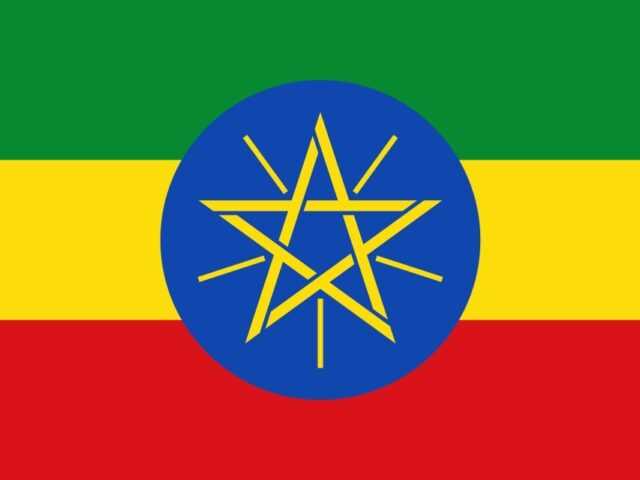Coffee is the drink of choice for millions of us. But the world’s second-most traded commodity originates in Ethiopia – and its home is under threat. Ethiopia isn’t all dusty deserts – far from it.
The country also contains rugged highlands and lush, tropical forests. Coffea arabica grows here in its original, wild form. The forests of south-west Ethiopia are considered to be the birthplace of coffee and the centre of its genetic diversity.
But these forests and this gene pool are under pressure. It is already one of the last major woodlands remaining in Ethiopia, and deforestation over the past 40 years has resulted in the loss of one-third of the south-west’s forest cover. We risk losing the forests entirely in coming decades.
It is critical that these forests are protected. Commercially grown coffee has been bred over the years to ensure high yields and other useful characteristics. But it is descended from a small number of individual plants, and so relies on a relatively narrow genetic range – just 10% of the diversity found in the wild. This makes it vulnerable to pests – and climate change is an additional threat.
Wild coffee on the other hand exhibits much greater genetic diversity, which increases its chances of adapting to new challenges and reduces the possibility of extinction. It represents an insurance policy for plantation coffee, in case commercial strains are ever badly damaged.
These forests also play a critical role as a “water tower” for the river Nile – serving lowland Ethiopia, South Sudan and Egypt, storing carbon to stabilise the climate and enhancing rainfall upwind in the often drought-affected, northern highlands of Ethiopia.
But maintaining these forests is difficult. Rainfall in the south-west is good and the soil fertile and there is a long history of people moving here for farming, including from the drier and more densely settled north of the country.
This, alongside investor interest in commercial coffee and tea plantations, has seen agricultural land encroach on the forest. Without adequate resources to police such a large area, the forest became “open access” – anyone could go in and take what they wanted and they rarely got apprehended.
In an effort to protect the country’s forest resources, the Ethiopian government adopted a nationwide policy of Participatory Forest Management (PFM), which bestows management responsibilities on communities that live near the forest and have had traditional rights to it.
Communities elect “forest management groups”, which include women, to administer their bit of forest for which they have secured tenured rights from the government.
This helps them control access to the forest and stop deforestation. In return for the secure tenure and usage rights, the community has to ensure that the natural forest is maintained, which they do through regular monitoring.
This all takes time – a precious resource if you are a subsistence farmer. Rights to use coffee, honey, spices and other forest products provides an additional livelihood for people and compensation for looking after the forest. By making the forest pay it becomes a competitive land use, better able to compete with agriculture and motivating people to protect it and its valuable resources.
Over the past six years, the Wild Coffee Conservation Project has worked with 55 forest management groups to secure more than 60,000 hectares of forest under these PFM agreements. Results to date look promising – deforestation in the project area has been reduced to a twelfth of that in non-project areas.
Furthermore, cooperatives set up to market forest products collected by locals have succeeded in producing a high-quality coffee from the wild strands in the forest. This has sold on the international market for the highest price ever for Ethiopian sun-dried coffee – three times the average non-wild price.
This is encouraging, but the project and communities need to do more to get a competitive edge over agriculture. We need carbon and other ecosystem payments (payment to landowners in exchange for managing their land in a way that conserves natural resouces), all of which help with the maintenance of biodiversity. And we need to develop market links for forest spices and honey.
Securing the future of wild coffee and the forests it lives in needs local people to maintain and use these forests, to earn a living from them so they can afford to protect them in the long term and want to do so.
Such a system is sustainable – unlike many of the protectionist approaches such as Biosphere Reserves which rely on fluctuating government funds and which exclude people from the forest.
Forest people are the solution to this problem: we need to give them the responsibility for the forest, so that they can save it – and the wild coffee gene pool within it – if we want to continue to enjoy our lattes and cappuccinos in the future.
Watch this video to learn more about the Wild Coffee Conservation project in Ethiopia.
Fiona Hesselden, Researcher, Centre for Sustainable and Resilient Communities, University of Huddersfield.










